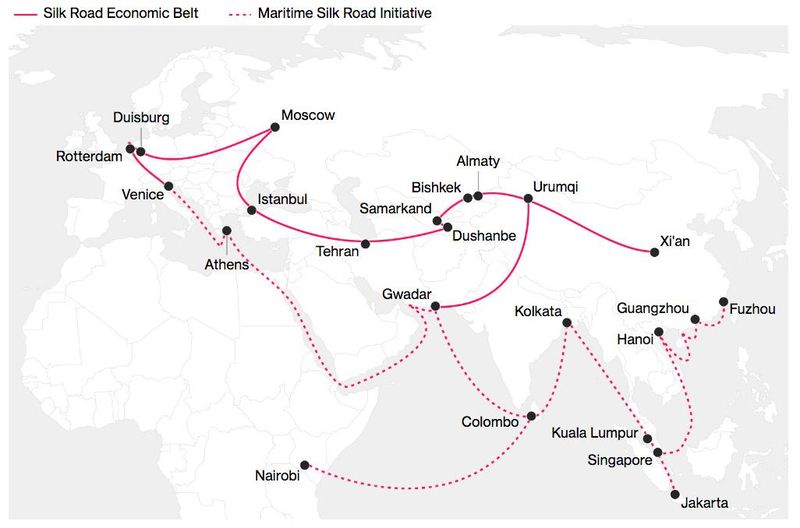SharePoint understands only CAML queries hence even if you use LINQ your LINQ query would be converted to CAML queries and then it would be processed to form a SQL query to fetch data from database. Benifits of LINQ easy to use and join results from multiple datasources.

- List of Internal Names for SharePoint Fields. For example, when creating a CAML query, you can specify the field on which to search by providing its internal name. As opposed to the display name, which can be changed in the UI, the internal name is immutable. A SharePoint Page Is Like the Box Holding the Chocolates.
- Decribes two step-by-step methods to convert data values of the Text data type to the proper case format in Microsoft Access. In the New Query dialog box, click Design view. In the Show Table dialog box, click Close. On the View menu, click SQL View. Note In Access 2007, click SQL in the Results group on the Design tab.
I've checked articles on here and Googled till I'm blue in the finger tips. I've read and read and read and just can't seem to wrap my head around CAML Joins in Sharepoint2010.
Question: Can someone please show me a full example of how exactly CAML Join Query compares to SQL Join Query?
So, again, my question is, can I get an exact example of this same operation is inacted upon in Sharepoint 2010 using the CAML Joins Query string?
SpYk3HHSpYk3HH2 Answers
Create your query from one of your lists.
To do the join, set query.Joins to
and query.ProjectedFields to
To choose the fields to display set query.ViewFields to
Then
Or something like that (it's from memory!)
Caml Query Examples
podiluskaMy frustration mirrors yours, here's some more tips:
Start the query based on the child table in the relationship. (I cannot discern from your example which would be the parent and which the child.)
I agree with Rob Windsor that it must be based on a Lookup fields, but from my testing, it must be a lookup to a ListItemID type field. In SharePoint, this is the internal ID field. (I know this, because I have a lookup to a text field, and it just doesn't work. Hours of life wasted.) I currently have a post on the Microsoft Forums asking if the RefType parameter can be anything other than 'ID', so maybe keep an eye on that. Finally, if in the projected fields, the Type parameter must always be 'lookup', then why is it needed?
None of the CAML Query Builders(YACQB and U2U) support joins, so don't bother downloading and trying.
Not the answer you're looking for? Browse other questions tagged c#.netsharepoint-2010caml or ask your own question.
The Following CAML Query Not Working for me.. I am not aware much about sharepoint platform. i am using SP 2007 and trying to use IN operator for a lookup field.
The above query not return anything but i have values in my list for the above combination.
If I slightly modify the query like following w/o using IN then it is working fine.
(Please Don't Suggest me to use CAML Query builder cuz I cannot install anything on my DEV box. And Moreover I haven't install SP WSS in my local :) )
3 Answers
The IN operator for CAML was introduced in Sharepoint 2010. You cannot use it in Sharepoint 2007. To achieve the same result you will have to write it as a OR's instead.


If Someone still Use Sharepoint 2007 and want to use IN operator with multiple Conditions, You can achieve this like following,Here I used 'OR' operator instead 'IN'